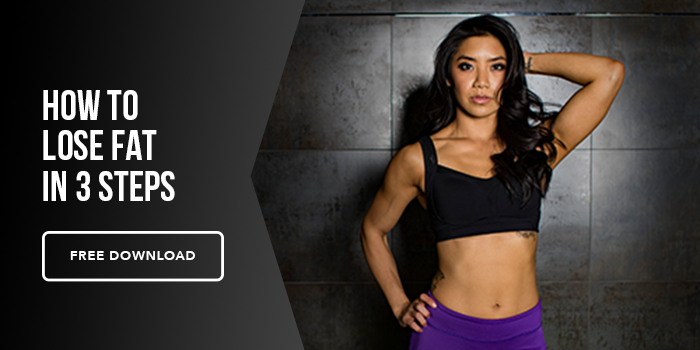Before we address how many calories you should be eating to achieve weight loss, let’s first talk about calories, and how a calorie deficit is essential to lose weight.
Calories are a unit of heat measurement. Macronutrients (protein, fat, and carbohydrates) contain a high amount of energy: 1 gram of carbohydrates and protein contain 4 calories each, while 1 gram of fat contains 9 calories.
As much as the quality of food, and other individualized factors come into play, the quantity of calories do matter when it comes to weight loss.
If you exceed your total calorie intake by eating a cup of almonds per day (that’s about 640 calories), this otherwise healthy snack would be the reason why you’d gain about a pound a week.
If you have no idea how to establish an ideal daily calorie intake, grab a pen and paper and continue reading.
Establish Total Daily Energy Expenditure (TDEE)
To know how many calories you need to lose weight, you first need to know your TDEE. Your TDEE is a summation of all things your body does, both actively and passively, to burn calories in a 24-hour period. This number is important, because it will help you establish an appropriate energy deficit based on your activity level.
There are a couple of equations you can use to calculate this, but here is one example.
First, calculate your basal metabolic rate (BMR). Your BMR determines how many calories you burn at rest.
- Men: BMR = 66.5 + (13.75 × weight in kg) + (5.003 × height in cm) - (6.75 × age)
- Women: BMR = 655.1 + (9.563 × weight in kg) + (1.850 × height in cm) - (4.676 × age)
Next, you’ll use your BMR to help determine your TDEE. To determine your total daily calorie needs, multiply your BMR by the appropriate activity factor, as follows:
- Sedentary (little or no exercise): calories = BMR × 1.2;
- Lightly active (light exercise/sports 1-3 days/week): calories = BMR × 1.375;
- Moderately active (moderate exercise/sports 3-5 days/week): calories = BMR × 1.55;
- Very active (hard exercise/sports 6-7 days a week): calories = BMR × 1.725; and
- If you are extra active (very hard exercise/sports & a physical job): calories = BMR × 1.9.
The number you get is approximately how many calories you need to sustain your current body weight.
Now For the Fun Part
If you are only manipulating calories to lose weight, and not adjusting activity levels, you can go about weight loss a couple of ways: cut calories conservatively, or severely.
If you go the conservative approach, which I recommend, it will be much easier to adhere to while sustaining your current level of activity.
For example, let’s say your TDEE is 2,200, and you want to lose weight. Dropping to 1,900 calories per day is a realistic, yet effective, calorie deficit goal. The calories may not be melting off of you, but you’ll gradually start dropping pounds over time.
Taking a more drastic approach to your calorie deficit may look like eliminating 500 or more calories from your current intake. Someone with an already low TDEE, like 1,800, will probably not be successful with this approach. However, if your TDEE is closer to 3,000, you may be able to sustain a 500 to 600 calorie deficit per day.
Just keep in mind; the more calories you plan on cutting from your diet, the more difficult it will be to sustain long term. If you want to lose weight for a certain event, and you don’t care either way if you gain the weight right back, no one is stopping you–slash those calories.
But the approach I always advocate for, when it comes to health and long-term success, is a more conservative approach to cutting calories.
Final Thought
In the end, a calorie deficit is very specialized, depending on the person. You can have two women, who are the same age, body weight, and percentage of lean body mass, and still metabolize calories and burn energy differently. You also need to account for non-exercise activity thermogenesis (NEAT), genetic, hormonal, and environmental factors, macronutrient distribution, and exercise modalities when it comes to the relationship with calories and weight loss.
Don’t be discouraged if what is working for one person may not be working for you.






